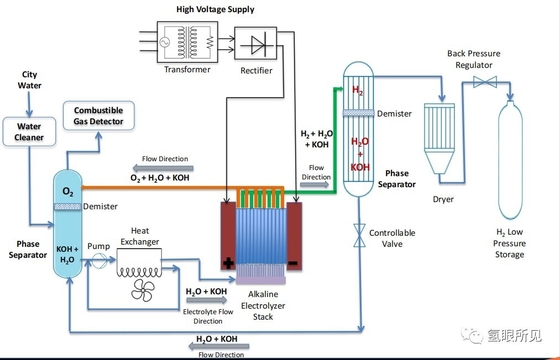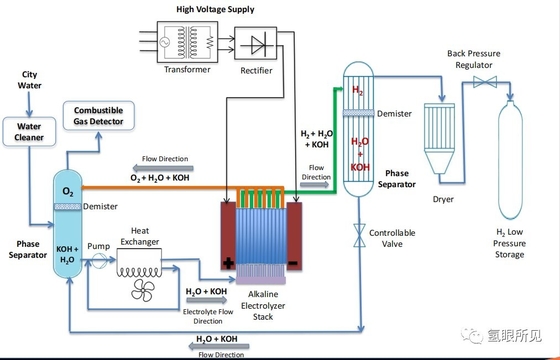Ultra Fine Porous Titanium Fiber Felt Key Materials for PEM Hydrogen Fuel Cell

Contact me for free samples and coupons.
Whatsapp:0086 18588475571
Wechat: 0086 18588475571
Skype: sales10@aixton.com
If you have any concern, we provide 24-hour online help.
x| Material | Titanium | Colour | Grey |
|---|---|---|---|
| Thickness | 0.25mm\0.4mm\0.5mm\0.6mm | Size | Customized Size,maximum Size:1500mm*1000mm |
| Porosity | 50-90%(Customized As Request) | Aperture | Customized As Request 10um 20um 40um Available |
| Highlight | Fine Porous Titanium Fiber Felt,PEM Titanium Fiber Felt,Hydrogen Titanium Carbon Fiber |
||
Ultra Fine Titanium Fiber Porous Felt ---Key Materials And Products Of PEM Hydrogen Fuel Cell
A Proton Exchange Membrane (PEM) water electrolyzer is a device that uses an electrochemical process to split water into hydrogen and oxygen gases. It consists of several key components, including an electrolyte membrane, two electrodes (an anode and a cathode), and catalysts.
The electrolyte membrane used in a PEM water electrolyzer is typically a solid polymer material that selectively allows the conduction of protons (H+ ions) while blocking the passage of electrons. This membrane serves as a barrier between the anode and cathode compartments, preventing the mixing of hydrogen and oxygen gases.
The anode and cathode are typically made of porous materials, such as carbon fiber or carbon paper, which provide a large surface area for the electrochemical reactions to take place. Catalysts, commonly based on platinum or other precious metals, are applied to the electrode surfaces to facilitate the reactions.
During the electrolysis process, an electric current is applied to the electrolyzer, causing water molecules (H2O) to undergo two main reactions:
At the anode: 2H2O → O2 + 4H+ + 4e-
Water molecules at the anode lose electrons, producing oxygen gas (O2) and releasing protons (H+).
At the cathode: 4H+ + 4e- → 2H2
Protons from the anode combine with electrons at the cathode, resulting in the production of hydrogen gas (H2).
Overall, the PEM water electrolyzer enables the separation of water into hydrogen and oxygen gases by utilizing the proton conduction through the membrane and the catalytic reactions at the electrodes. The generated hydrogen gas can be used as a clean and renewable energy source for various applications, including fuel cells, energy storage, transportation, and industrial processes.
PEM water electrolyzers are particularly attractive due to their fast response time, compact size, and high efficiency. They can operate at relatively low temperatures (typically below 100°C) and can quickly adjust their hydrogen production rates to match the demand. These characteristics make PEM water electrolyzers a promising technology for advancing the use of hydrogen as a clean and sustainable energy carrier.
Our ultra-fine titanium fiber felt achieves the best performance in the anode diffusion layer of PEM for water electrolysis hydrogen production with high porosity and high specific surface area, it is the best materials used in GDL layer.
![]()
![]()
Key words:
★ Uniform pore size distribution
★ strong corrosion resistance
★ good water permeability
★ high porosity
★ good heat dissipation
★ high current density
★ low voltage
★ stable performance and long service life.
★ Best Gas diffusion layer materials in PEM stack




